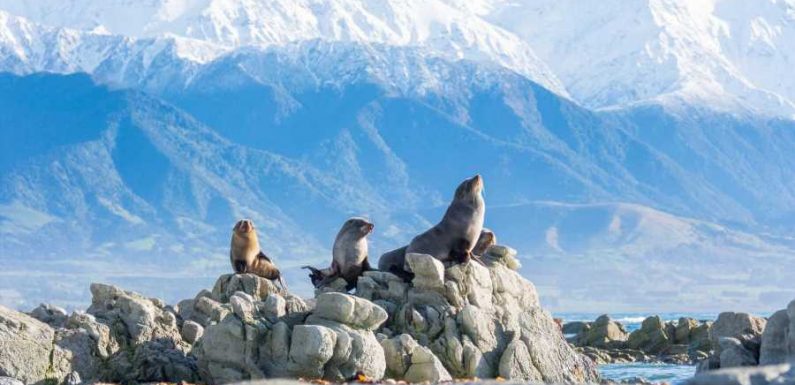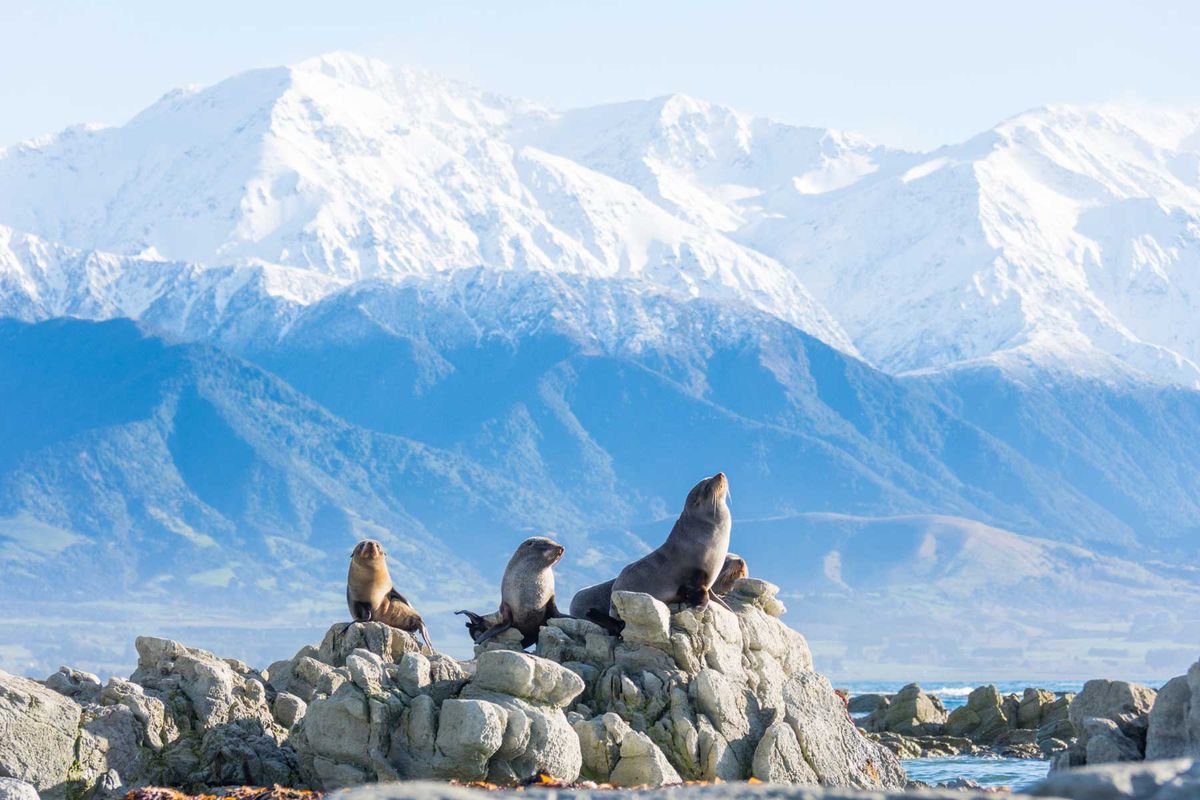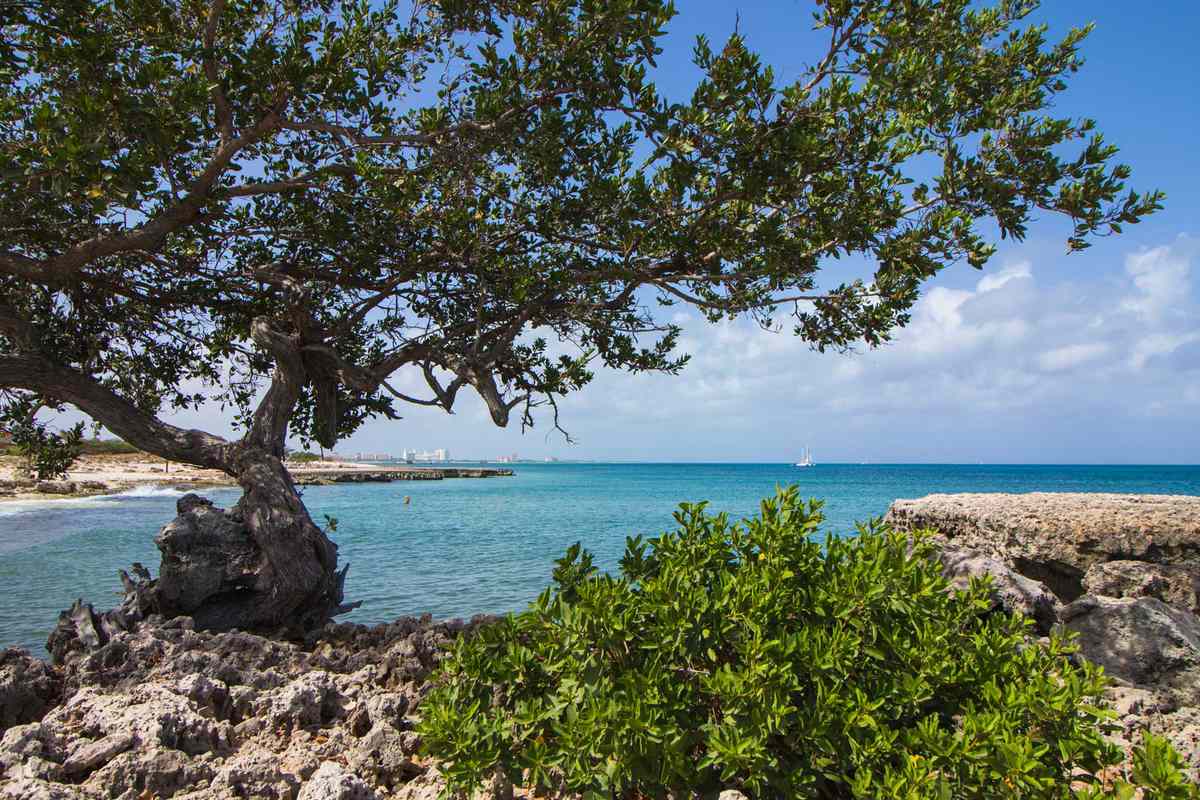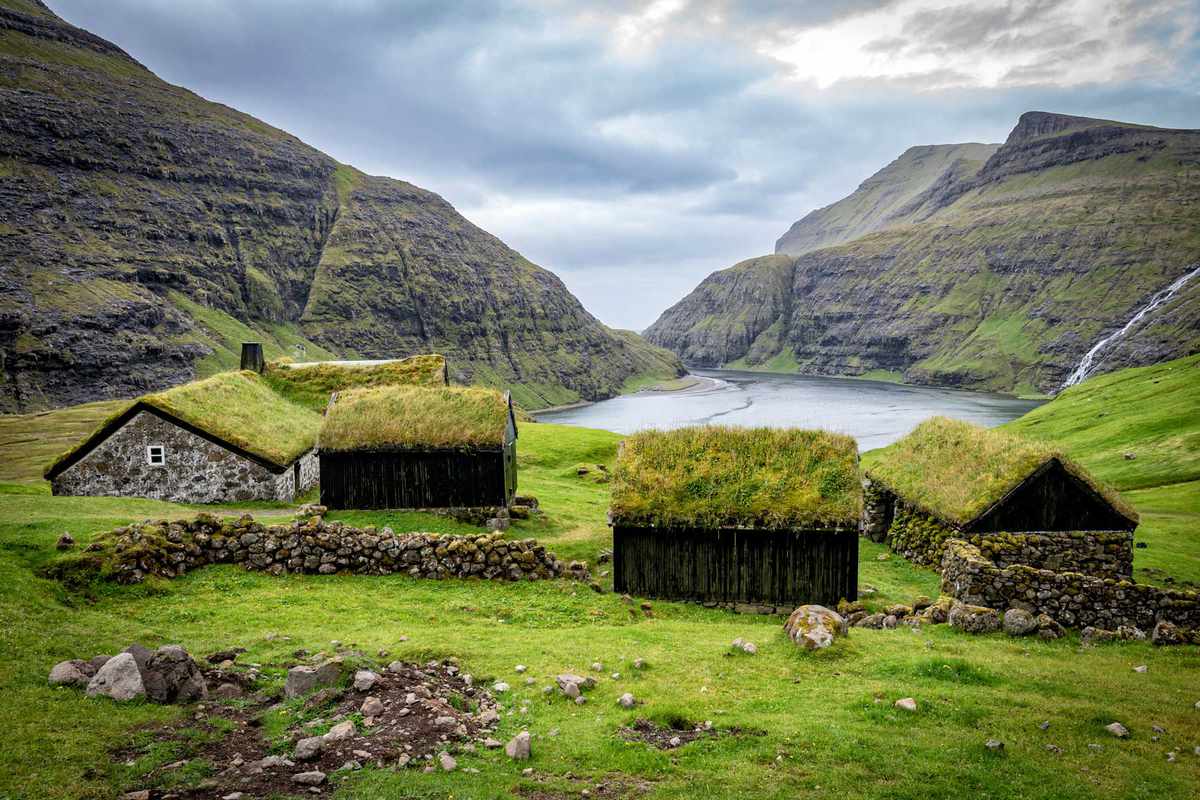
The Travel + Leisure Global Vision Awards aim to identify and honor companies, individuals, destinations, and organizations taking strides to develop more sustainable and responsible travel products, practices, and experiences. Not only are they demonstrating thought leadership and creative problem-solving, they are taking actionable, quantifiable steps to protect communities and environments around the world. What's more, they are inspiring their industry colleagues and travelers to do their part.
Travel destinations around the world — especially those at risk for overtourism and those whose economies are largely tied to tourist dollars — must straddle a difficult line. How do you welcome visitors while preserving your natural resources and communities? Venice paved the way by tracking tourist data and limiting the number of large cruise ships in its ports, and now other places around the world are creating their own initiatives to ensure long-term sustainability. Among them: three of our Global Vision Awards honorees. Aruba is deeply focused on environmental protections and innovations. New Zealand is working to deepen foreigners' appreciation for local customs and traditions, creating guidelines for expected conduct and best practices while exploring the country. And Visit Faroe Islands is trying to mitigate the effects of the archipelago's newfound, Instagram-driven popularity with a clever voluntourism campaign. Regardless of their specific approach, these places are setting an example in the fight for a more sustainable future. — T+L Editors
Aruba
Tourism drives a massive 90 percent of the economy of Aruba, which, though home to just 110,000 people, welcomes more than 1.8 million tourists annually. "Those who choose to visit Aruba are a vital part of our community," says Ronella Tjin Asjoe-Croes, CEO of the Aruba Tourism Authority. "But there are real dangers to overtourism." The very industry driving the small Caribbean island's economy also threatened to strain its social fabric by inflating real-estate prices and to overwhelm its environment, increasing pollution and straining natural resources. So the government pivoted, becoming a global leader in sustainable travel. It prohibited single-use plastics. It banned octinoxate and oxybenzone, common sunscreen ingredients that may harm marine life. It committed to ambitious clean-energy goals; the airport's parking lot now doubles as Aruba's largest solar-power plant. And it developed a nationwide sustainable-development plan, identifying areas of the island that can't handle more tourism growth and creating strategies for those that can. "Without planning, everything would have continued the way it had been," says Asjoe-Croes, "and that was not an option."
New Zealand
In recent years, interest among New Zealanders has grown in the traditional Maori concept of kaitiakitanga — good stewardship and holistic protection of the environment, a way of paying heed to humanity's connection to nature. To the Maori peoples, kaitiakitanga means both honoring one's ancestors and making a commitment to one's descendants — a philosophy that is increasingly making its way into government policy. Tourism contributes about a fifth of New Zealand's export earnings and accounts for one in seven jobs. But last spring, New Zealand made a significant sacrifice, banning all international travelers in an effort to protect the country from COVID-19. As travel-sector income evaporated, the government poured millions of dollars into grants as well as interest-free and low-interest loans to support the industry. The government also saw an opportunity for bold reform: in June 2020, it launched the New Zealand Tourism Futures Taskforce, which one could understand in the spirit of kaitiakitanga. This independent public-private commission was instructed "to create a shift in the tourism system," according to its founding documents, and in early April will propose a slate of creative changes and imaginative initiatives to reposition travel in New Zealand, eventually ensuring "that tourism will contribute more than it consumes."
Visit Faroe Islands
What's the story you want to tell about your homeland? Visit Faroe Islands, the tourism board for the North Atlantic archipelago, has answered that question in remarkably innovative ways over the past couple of years. In 2019, it gained attention for announcing that the islands were "Closed for Maintenance," an initiative that shut down tourism for a weekend and invited a small number of volunteers to come help fix the place up. (More than 3,500 people applied for 100 slots.) "We wanted to maintain and preserve some locations that were starting to feel the effects of an increase in tourism," says Levi Hanssen, a manager at the tourism board. "We wanted to reassure Faroe Islanders that Visit Faroe Islands is considerate of the environment, despite our efforts to increase tourism. And we wanted to raise awareness of the Faroe Islands as a destination." Much of the work involved rehabbing old hiking paths, building new ones, and adding wayfinding markers. The venture was so successful that Visit Faroe Islands planned a 2020 sequel. Then the pandemic hit. With foreigners unable to visit in person, the tourism board recruited locals to provide live virtual tours. It created a first-of-its-kind "remote tourism tool" that allowed armchair travelers to interact online with guides as they explored the islands' villages, farms, and sweeping ocean vistas. Twenty-three tours were conducted during 2020, including four by boat, one by helicopter, and one on horseback; recordings can be screened on the Visit Faroe Islands website. All of this is meant to contribute to a more sustainable, more imaginative future for tourism, one that according to the tourism board's vision, has "the needs, desires and lifestyle of the Faroese people as its focal point."
Source: Read Full Article













